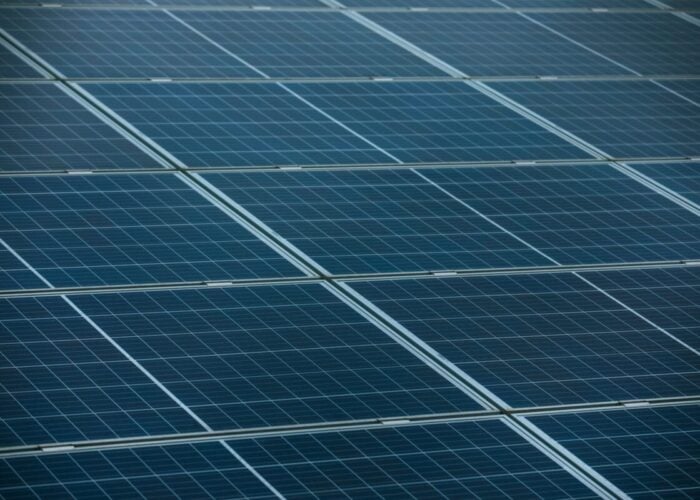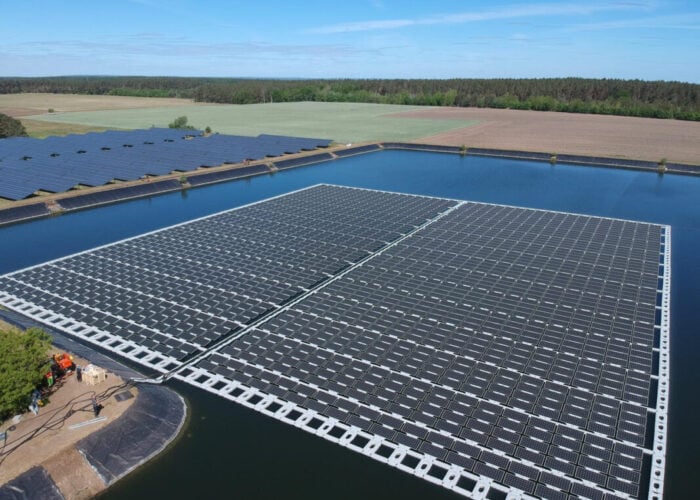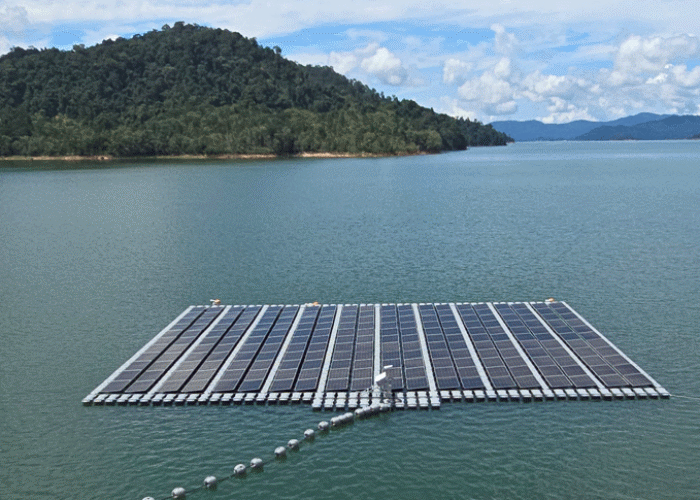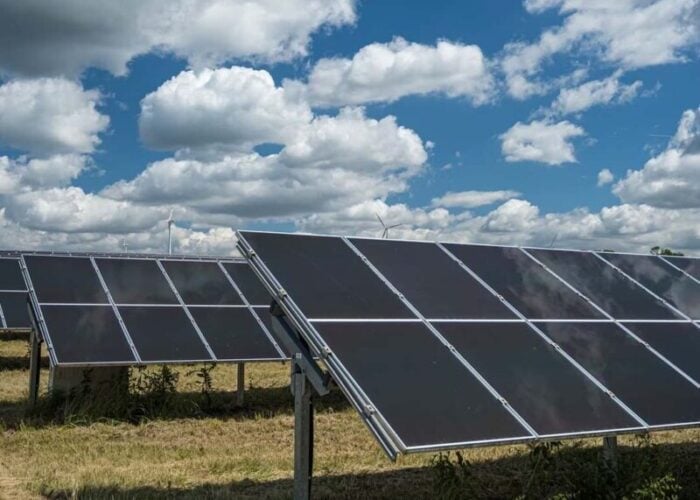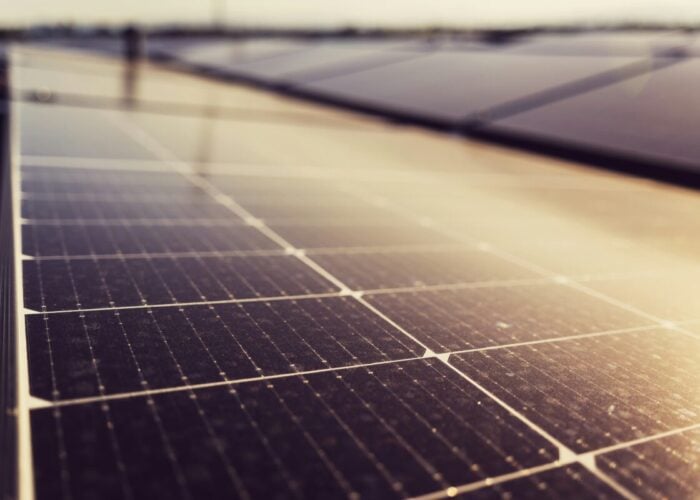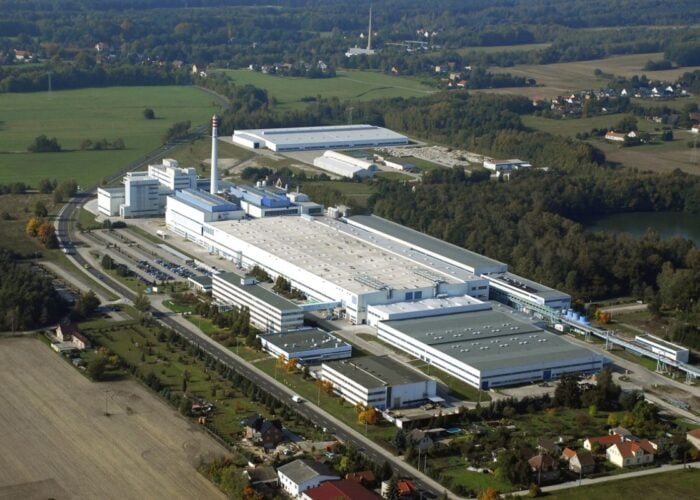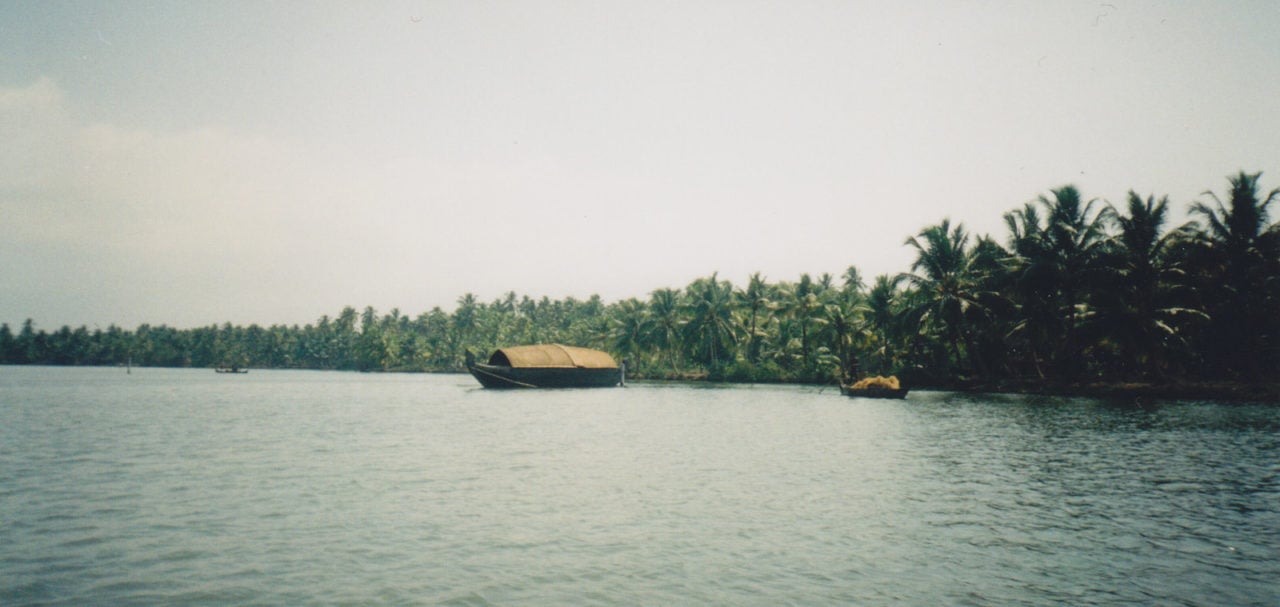
India has now chosen a developer for one of the largest floating PV projects ever seen in the country, with plans to take the plant to the finish line within two years.
On Thursday, Tata Power Solar announced it has received a letter of award to develop a floating project in the state of Kerala that will boast 70MWac, or 105MWp.
Unlock unlimited access for 12 whole months of distinctive global analysis
Photovoltaics International is now included.
- Regular insight and analysis of the industry’s biggest developments
- In-depth interviews with the industry’s leading figures
- Unlimited digital access to the PV Tech Power journal catalogue
- Unlimited digital access to the Photovoltaics International journal catalogue
- Access to more than 1,000 technical papers
- Discounts on Solar Media’s portfolio of events, in-person and virtual
According to Tata, the installation will sit on the Kayamkulam reservoir in the Alappuzha district, a subdivision of the southwestern Indian state of Kerala.
The floating project will be rolled out by a fossil fuel installation – the Rajiv Gandhi combined cycle power plant – managed by NTPC, India’s largest utility.
The 70MWac/105MWp solar project must now reach the commission stage “no later” than in 21 months, Tata explained in a statement.
Tata Power Solar CEO Ashish Khanna described the floating contract as a milestone, adding that the new scheme bolsters the firm’s commitment to delivering “complicated projects”.
“Floating solar has immense potential in our country and we will ensure that this project will act as a benchmark,” said Khanna, who is also president of Tata’s broader renewables division.
The world’s cheapest floating solar market
The 70MWac/105MWp floating venture is the latest of a series for NTPC, which this year alone has issued tenders for projects in Telangana (100MW) and Himachal Pradesh (15MW).
In India, the utility giant is not alone in its floating solar ambitions. State-run solar corporation SECI is eyeing a 10GW pipeline over three years and tendered a 250MW batch in Tamil Nadu in March.
Further floating projects have become operational or lie at various development stages in Andhra Pradesh, Himachal Pradesh, Jharkand, Kerala, Rajasthan, among other territories.
At US$0.83/MW to US$0.92/MW, India was singled out by the World Bank last year as the world's cheapest floating PV market, while Japan was priciest at US$3.12 per megawatt.
The global sector counted 1.1GW in installed capacity as of last November, and has since witnessed the advent of new projects in Asia but also Europe, America and the Middle East.
Countries making moves so far in 2019 include Singapore (50MW), Thailand (45MW), South Korea (25MW), Malawi (20MW) Portugal (4MW), the Seychelles (3.5-4MW) and Brazil (2.5MW).
The accelerating roll-out is fueling industry debate and research into the merits of various floating designs, with the frontrunners competing for attention at this year’s Intersolar.

